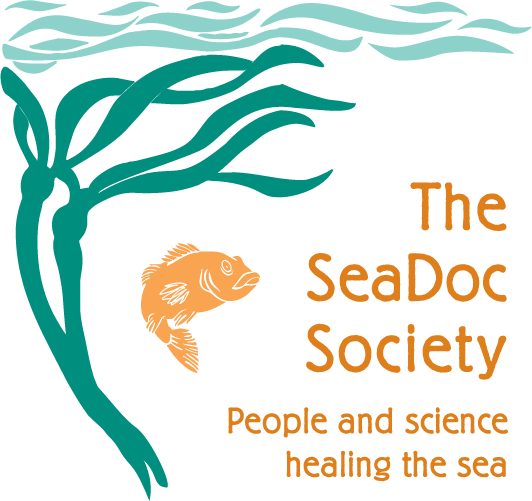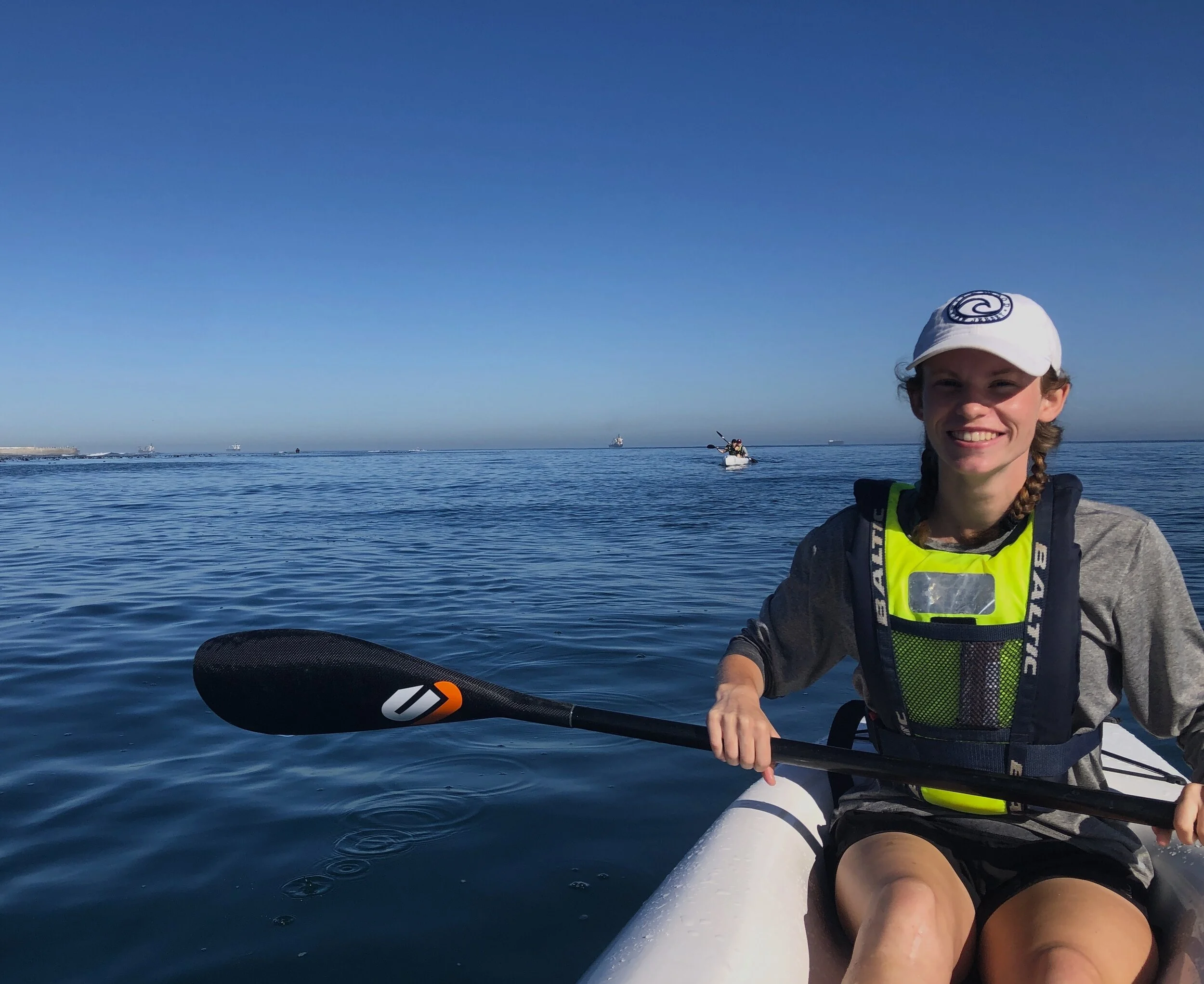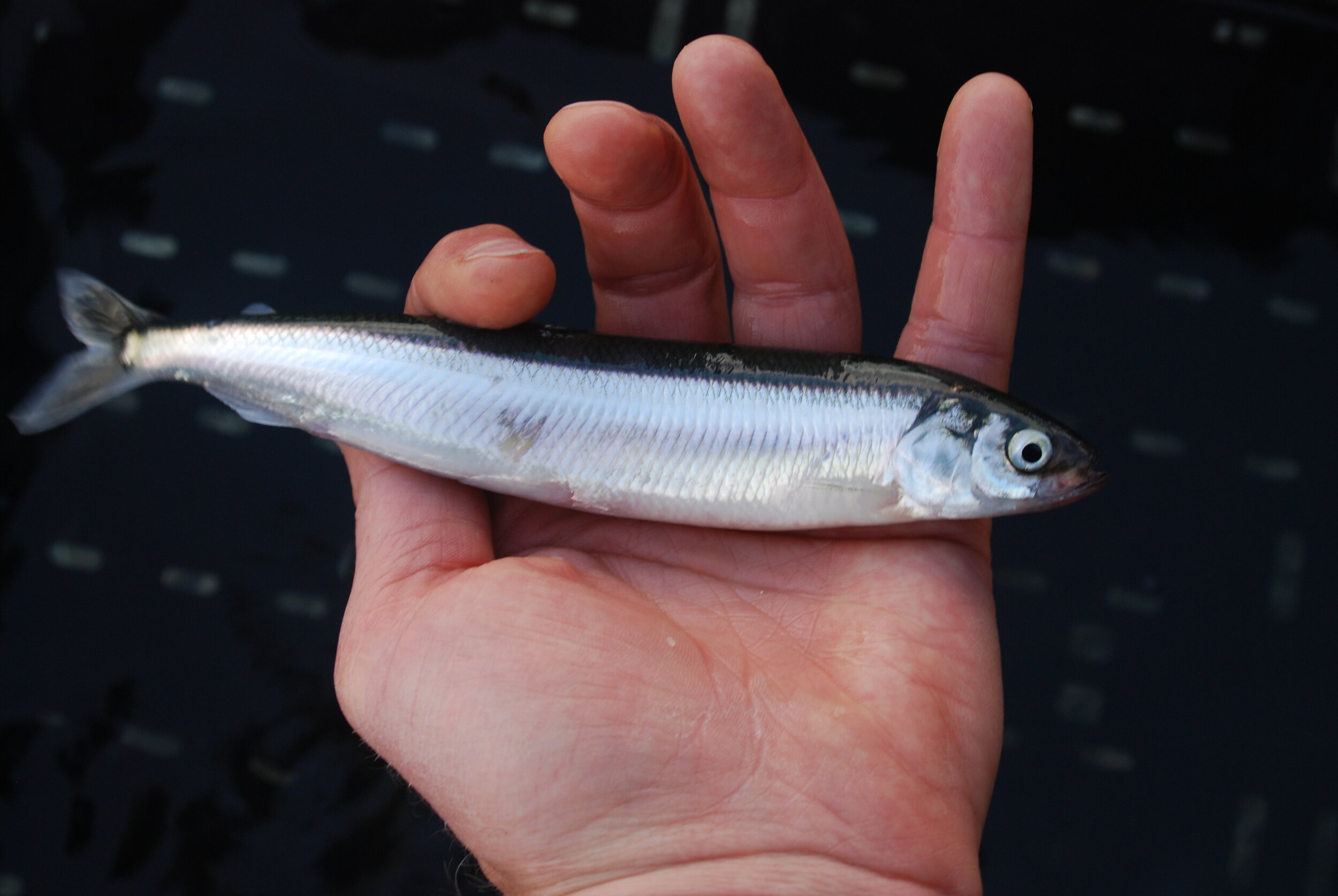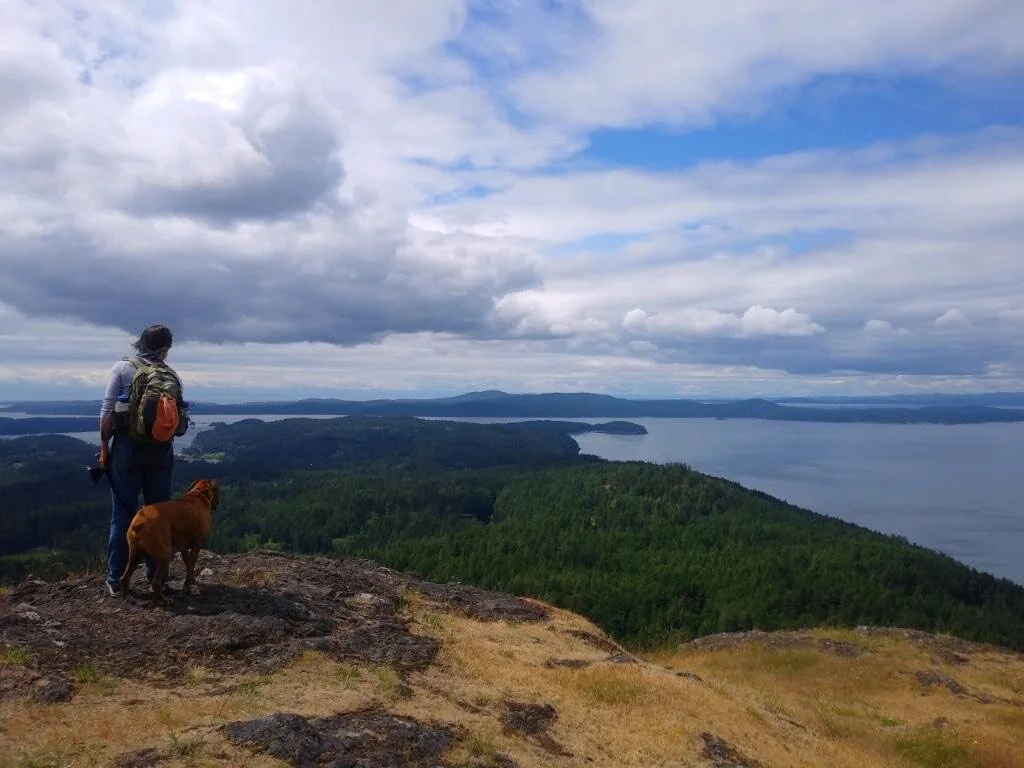‘We can do better’
Despite there being no singular common cause of death, the study found a common theme: Human-caused deaths occurred in every age class — from juveniles to subadults and adults.
“Nobody likes to think we’re directly harming animals,” said SeaDoc Society Director Joe Gaydos, a wildlife veterinarian with the Karen C. Drayer Wildlife Health Center in the UC Davis School of Veterinary Medicine. “But it’s important to realize that we’re not just indirectly hurting them from things like lack of salmon, vessel disturbance or legacy toxins. It’s also vessel strikes and fish hooks. That humans are directly killing killer whales across all age classes is significant; it says we can do a better job.”
Gaydos and lead author Stephen Raverty, a veterinary pathologist with the BC Ministry of Agriculture, co-developed a standardized killer whale necropsy protocol in 2004. Revised in 2014 with help from Judy St. Leger, a pathologist working for SeaWorld, this guide helped improve examinations of deceased whales.
“The results from systematic necropsies of dead killer whales in this review is unique and will establish critical baseline information to assess future mitigation efforts,” Raverty said. “This work contributes to a better understanding of the impacts that ongoing human activities and environmental events have on killer whales.”
The authors acknowledge the report is an incomplete picture of orca health and mortality. Necropsies can only be performed on whales found in an adequate state to receive them, and even then, the cause of death cannot always be determined. But the report offers one of the most comprehensive looks yet at the multitude of human and environmental threats affecting killer whales and can help inform strategies to better protect them.
Additional co-authors include scientists from a wide range of institutions including Cornell University, NOAA Fisheries, Alaska Veterinary Pathology Services, Marine Mammal Pathology Service in Maryland, UC Davis One Health Institute, Fisheries and Oceans Canada, Washington Department of Fish and Wildlife, Cascadia Research Collective, University of Illinois-Brookfield, Portland State University, and Oregon State University.
Funding was provided by NOAA Fisheries and multiple grants from the John H. Prescott Marine Mammal Rescue Assistance Grant Program. Additional support came from Fisheries and Oceans, Canada; Vancouver Aquarium Research Program; SeaDoc Society; SeaWorld; Animal Health Center of the BC Ministry of Agriculture; Washington Department of Fish and Wildlife; and numerous First Nations, Alaska Native and Inuit communities.
Media contacts
Stephen Raverty, BC Ministry of Agriculture, 778-839-6916, Stephen.Raverty@gov.bc.ca
Joe Gaydos, UC Davis SeaDoc Society/Wildlife Health Center, 360-914-1083, jkgaydos@ucdavis.edu
Kat Kerlin, UC Davis News and Media Relations, 530-752-7704, 530-750-9195, kekerlin@ucdavis.edu
Dave Townsend, BC Ministry of Agriculture, 250-889-5945, Dave.H.Townsend@gov.bc.ca


















